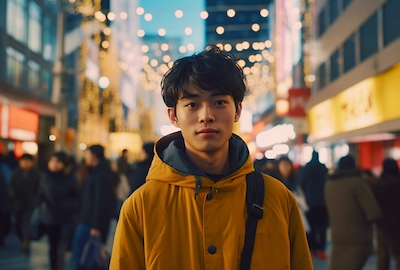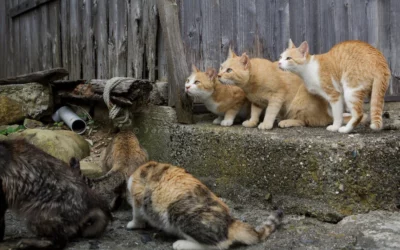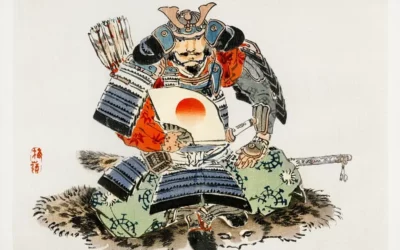In the very heart and soul of Japan’s cultural legacy, there’s an enchanting and somewhat mystical universe filled with deities, legendary heroes, and captivating myths. This realm, deeply rooted in Japanese mythology, weaves a complex and vivid tapestry from ancient folklore and religious beliefs. It’s been a pivotal influence in molding Japan’s spiritual and cultural identity. Let’s embark on an enthralling exploration of this enigmatic domain, delving into the significant roles of its deities and their profound impact on Japanese culture.
The Pantheon of Japanese Gods: Kami, the Divine Spirits
At the epicenter of Japanese mythology is the concept of Kami, a term that transcends the straightforward Western definition of gods. Kami represent the spiritual essence in nature, objects, and even within people, reflecting the Shinto belief in the sacredness of all things. From the celestial to ancient ancestors, these divine spirits are woven into Japan’s spiritual tapestry.
The Major Gods and Goddesses
Among the vast array of Kami, a few are particularly noteworthy for their stories and importance:
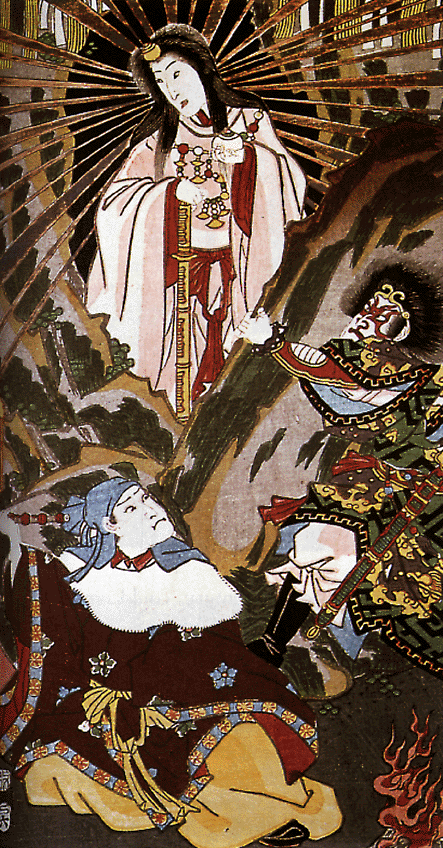
Amaterasu, The Sun Goddess: She’s like the queen of the Kami and the ruler of the heavens. Amaterasu, symbolizing light and purity, has her influence deeply embedded in Japanese culture, seen as the divine ancestor of the Imperial family.
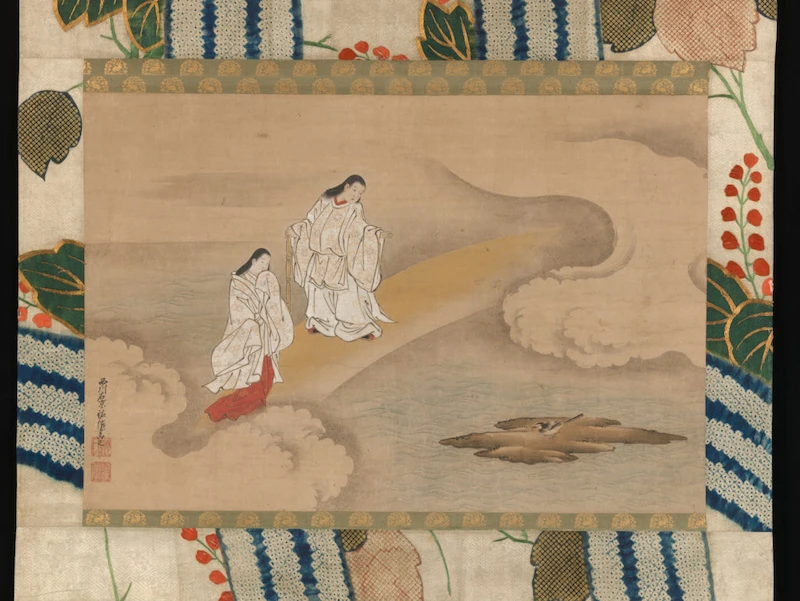
Izanagi and Izanami, The Divine Creators: This divine couple is at the heart of Japan’s creation myths, their story a tapestry of love, creation, and tragedy.
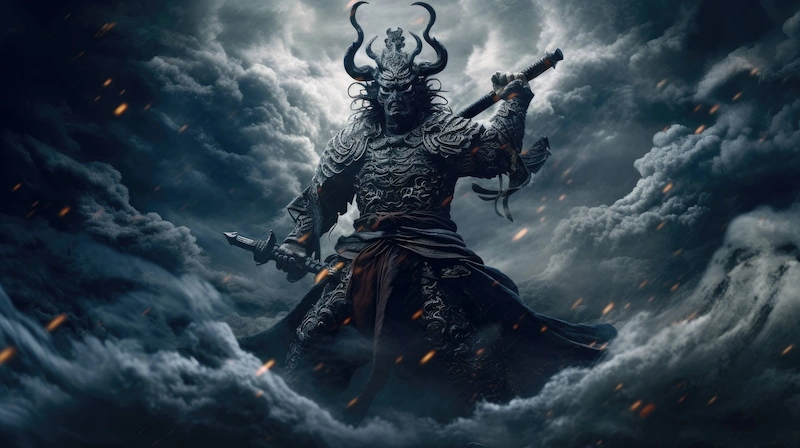
Susanoo, The Storm God: His tales, often filled with conflict and eventual reconciliation with his sister Amaterasu, illustrate the balance of forces within nature.
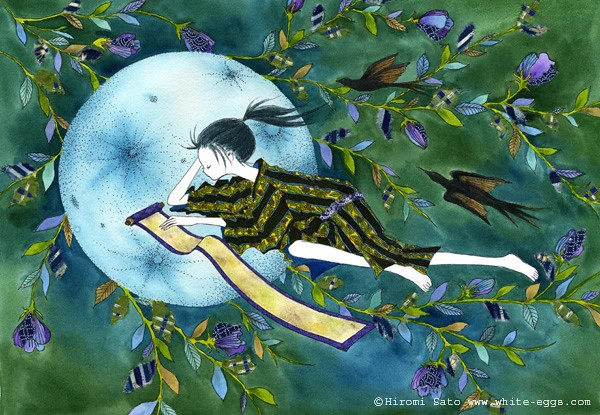
Tsukuyomi, The Moon God: As the ruler of the night, Tsukuyomi’s presence in mythology is more subtle, often serving as the celestial counterbalance to Amaterasu’s solar radiance.
Lesser-Known Deities and Their Tales: The Rich Spectrum of Kami
While the likes of Amaterasu and Susanoo often steal the spotlight, there’s a whole realm of lesser-known but equally enthralling gods and goddesses in Japanese mythology. These deities, while not as widely recognized, play crucial roles in Japan’s spiritual life.
- Raijin and Fujin: Gods of Thunder and Wind, Raijin with his intimidating drums, and Fujin carrying the winds in his bag, are often depicted together, symbolizing the natural forces of weather.
- Ebisu: The God of Fishermen and Luck, Ebisu is often portrayed with a joyous demeanor and symbolizes prosperity. He’s especially revered by those seeking success in fishing and business.
- Benzaiten: Unique as a deity of both Hindu and Buddhist origin, she’s revered for her control over everything that flows – from water to music.
- Inari: Known for their association with foxes, Inari’s shrines dot Japan, reflecting their widespread veneration.
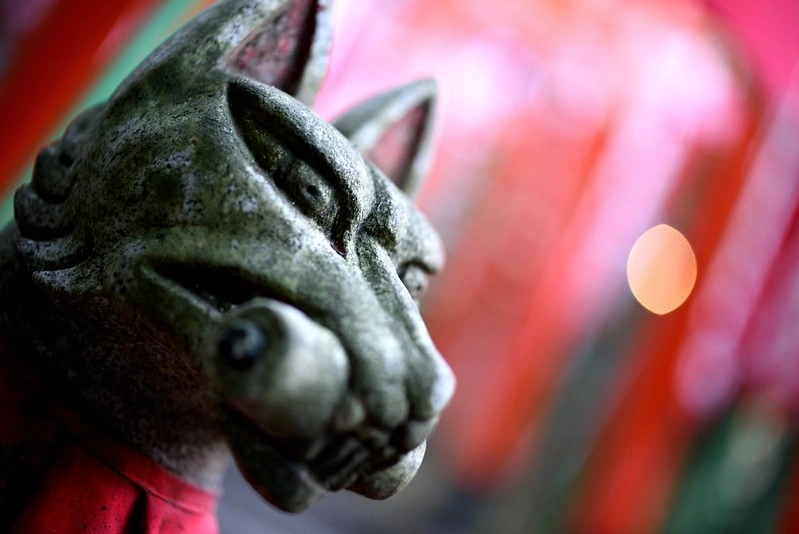
Symbolism and Representation in Shrines and Art: A Fusion of the Divine and the Artistic
Japanese mythology isn’t just told through stories; it’s also expressed in various art forms and enshrined in sacred spaces. These representations are a reflection of faith and a testament to Japan’s artistic legacy.
- Artistic Depictions: In Japanese art, deities are often portrayed with a blend of otherworldly beauty and symbolic attributes, forming a crucial part of Japan’s artistic narrative.
- Sacred Spaces: Shinto shrines across Japan serve not only as places of worship but also as abodes for the Kami. Intricate carvings, sacred objects, and symbolic architecture all converge to create spaces where the divine and earthly realms meet.
- The Foxes of Inari: These fox statues at Inari shrines, seen as messengers of Inari, are a profound example of how mythology is expressed in religious symbolism.
The Influence of Japanese Deities in Popular Culture: Mythology Meets Modern Media
In a fascinating development, the ancient deities of Japan have found a new realm to reign – the world of modern media. From manga to anime, from films to video games, these mythological figures continue to captivate global audiences.
- Anime and Manga: Characters inspired by gods like Amaterasu and Susanoo are reimagined in these popular art forms, merging traditional lore with contemporary narratives.
- Films: Japanese mythology has inspired filmmakers, drawing from these rich stories to create visually stunning and thematically profound works.
The Enduring Legacy of Japanese Mythology
As our exploration concludes, it’s clear that these gods and goddesses are far from being mere relics of the past. They are living, vibrant aspects of Japanese culture, continuously influencing and shaping the nation’s identity. From the sacred grounds of Shinto shrines to the imaginative realms of anime and manga, these deities remain a source of inspiration, reflection, and reverence. Understanding these mythological figures offers a deeper appreciation
of Japan’s rich cultural heritage and its ongoing evolution in our modern world.

